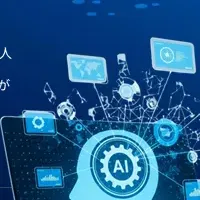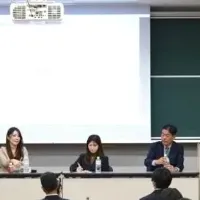
SecureAuth Launches Groundbreaking Technology for Enhanced Identity Protection in Remote Work Environments
SecureAuth's Innovative Approach to Cybersecurity
In a world where remote work is rapidly becoming the norm, safeguarding sensitive company data is of utmost importance. Recognizing the critical need for enhanced security measures, SecureAuth has introduced an innovative solution: biometric continuous identity assurance (BCIA). This state-of-the-art approach is designed to protect sensitive information throughout the duration of a user’s session, addressing vulnerabilities that traditional login methods often overlook.
Understanding Biometric Continuous Identity Assurance
SecureAuth's BCIA technology offers a layer of security beyond the initial login. While traditional systems confirm identity at the point of entry, they often leave sessions vulnerable until the next sign-in. This oversight could lead to unauthorized access, exposing sensitive information to threats such as shoulder surfing, unauthorized screen captures, or accidental disclosures. With BCIA, SecureAuth ensures that security doesn't end at login. Instead, it remains active for the entire user session, continuously verifying the user’s identity through biometric measures.
The Impetus Behind the Technology
CEO Joseph Dhanapal highlights a pressing issue in contemporary work environments. According to a report by Lookout, 90% of remote and hybrid workers access corporate networks from multiple locations, often leading to insecure data handling. The BCIA system addresses these emerging security risks by ensuring only the authenticated individual can see sensitive data. If unauthorized visibility is detected, the session locks automatically, and the organization is notified immediately. This proactive measure significantly reduces the risk of data breaches caused by human error, such as leaving a device unattended or failing to log out of accounts in public spaces.
Enhancing Organizational Security
This technological advancement is particularly crucial for organizations in regulated industries such as finance, healthcare, and legal services. These sectors face stringent compliance requirements and are frequent targets for cyber-attacks. By leveraging SecuredAuth’s BCIA, organizations can fortify their defenses against unauthorized access, thus protecting their reputations and client trust.
Dhanapal points out that many companies still rely on outdated multi-factor authentication methods that do not adequately secure sessions after initial login. By providing an integrated solution that encompasses session-long protection, SecureAuth positions itself as a leader in the identity access management field. This ensures that even as threats evolve, organizations can maintain a rigorous security posture.
The Path Forward: Innovation Meets Security
SecureAuth's acquisition of SessionGuardian plays a pivotal role in this innovation, allowing them to further enhance their identity and access management solutions. As the digital landscape continues to evolve, the emphasis on secure, biometric identity verification will only grow. SecureAuth is not only responding to current needs but also anticipating future trends in cybersecurity.
Conclusion
In conclusion, SecureAuth's biometric continuous identity assurance marks a significant step forward in cybersecurity practices, particularly for remote work environments. By focusing on continuous protection rather than relying solely on initial authentication, SecureAuth provides a comprehensive approach to identity management that mitigates risks associated with remote access. This innovation is essential for safeguarding sensitive information and maintaining organizational integrity in an increasingly digital and remote world. For more information on these offerings, visit SecureAuth.com.
Topics Other)










【About Using Articles】
You can freely use the title and article content by linking to the page where the article is posted.
※ Images cannot be used.
【About Links】
Links are free to use.